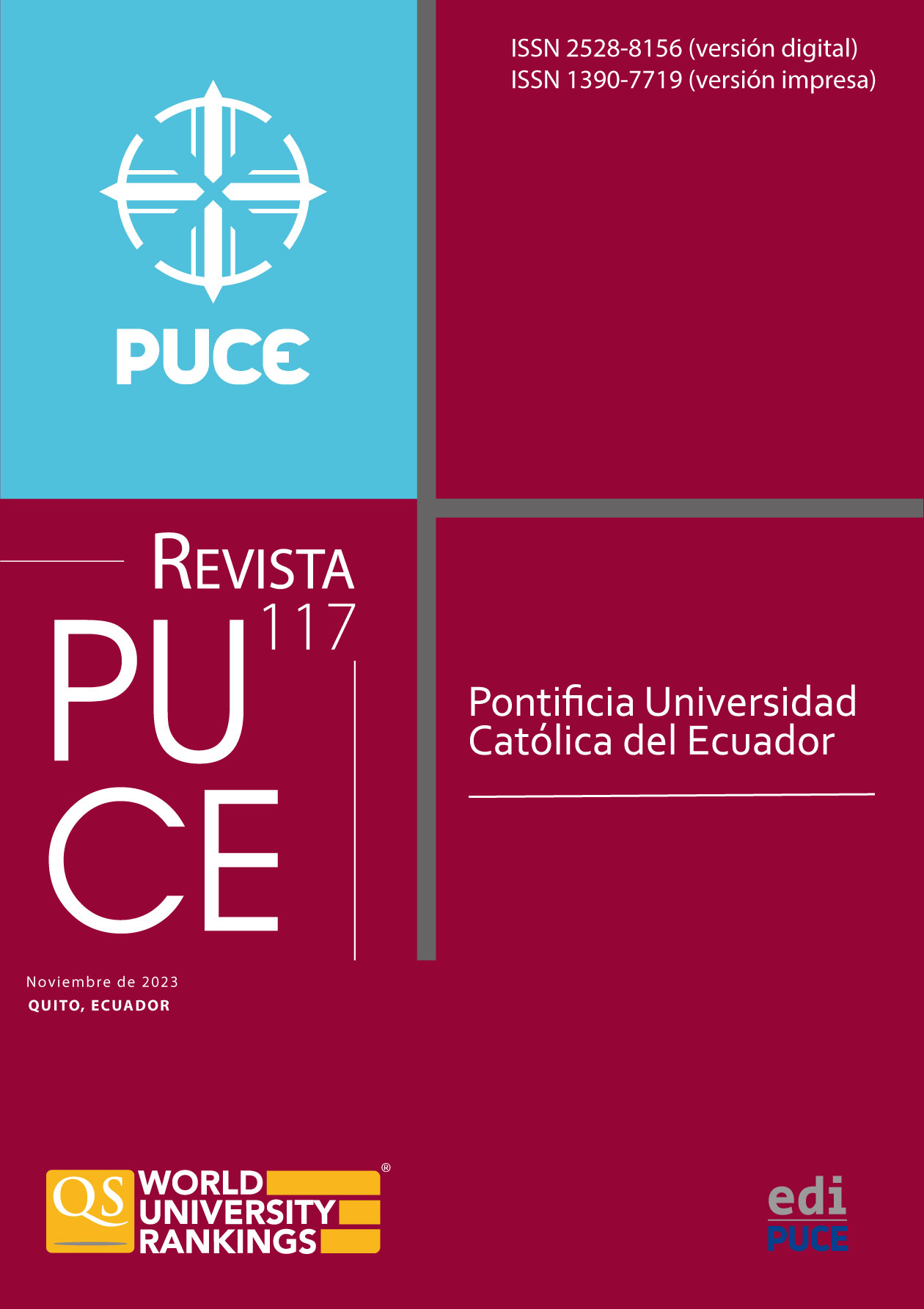
Jouer à des jeux de casino en ligne est un passe-temps passionnant, une activité secondaire ou même un emploi à temps plein. La variété des jeux est déjà grande et ne fait que s'accroître avec le temps. Pour vous tenir au courant, nous avons sélectionné ce qui semble être les jeux de casino en ligne les plus populaires cette année, dont beaucoup sont les préférés de tous les temps des joueurs de casino en ligne. La plupart des casinos en ligne offrent la possibilité de sélectionner une liste des meilleurs jeux, afin d'obtenir une vue d'ensemble des jeux les plus joués dans un casino spécifique.
Le blackjack, également connu sous le nom de vingt-et-un, a toujours été en tête de liste des jeux de casino les plus populaires. Il n'est pas étonnant qu'il en soit ainsi, car les règles sont faciles à apprendre et le jeu lui-même est amusant à jouer. Les joueurs essaient d'obtenir une valeur totale de 21 ou de s'en approcher, sans dépasser ce chiffre. Le jeu et les paris se font contre le croupier.
Autre jeu favori intemporel, le poker existe depuis des décennies. Avec des tournois organisés 24 heures sur 24 et 7 jours sur 7, vous aurez toujours une table à fréquenter. Il s'agit d'un jeu assez complexe qui nécessite un apprentissage et un perfectionnement continus, mais lorsque vous l'aurez maîtrisé, vous ne vous ennuierez plus jamais.
Les machines à sous offrent un large éventail de jeux parmi lesquels vous pouvez choisir vos préférés. Elles sont les plus faciles à jouer, car vous n'avez besoin d'aucune compétence réelle et tout repose sur la chance. Vous pouvez faire tourner les bobines aussi longtemps que vous le souhaitez. Parmi les machines à sous les plus populaires, citons Goblin's Cave (Playtech), Starburst (NetEnt), Sunrise Reels (Realistic Games), Private Eye (Microgaming).
Ganhar acesso a um casino online hoje em dia é bastante fácil. Embora alguns sites de casinos estivessem disponíveis desde a viragem do século, não havia tanto interesse no início. Uma melhor protecção dos direitos dos jogadores por parte das autoridades legais alterou esta situação. Actualmente, existem numerosos fóruns e plataformas de discussão relacionados com este tópico, o que facilita bastante a partilha de experiências e recomendações entre as pessoas. Dar ao software um teste pode também ajudá-lo a decidir se o site do casino pode satisfazer as suas expectativas.
Ao considerar a situação global, é possível distinguir as especificidades de cada país individualmente. No entanto, existem certas características gerais que devem ser cumpridas por todos os casinos legítimos em todo o mundo, a fim de atrair e reter os seus clientes. A legalidade do jogo online em Portugal goza de abordagens diferentes e enquanto alguns países proíbem completamente o jogo online, outros legalizaram-no com regulamentos apropriados em vigor.



